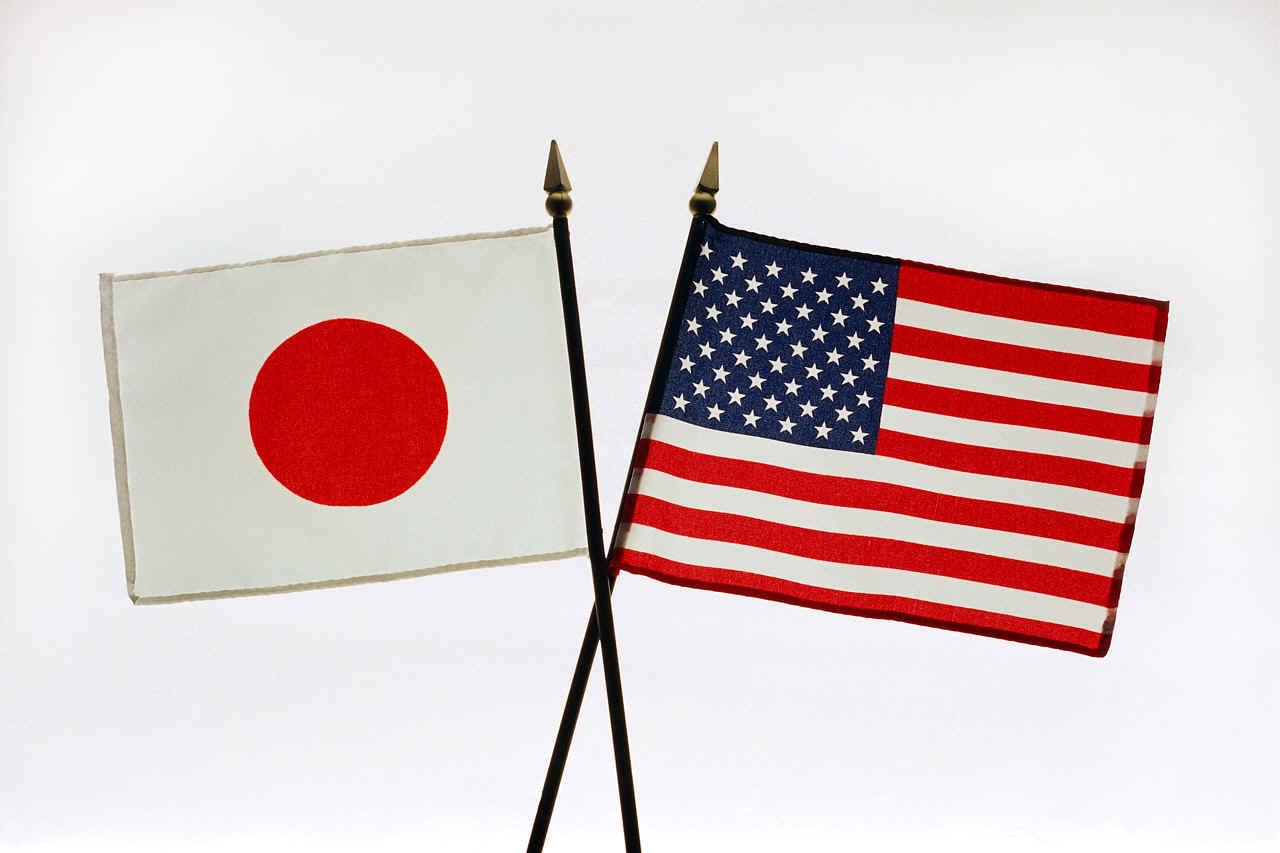Nearly a year has passed since the U.S. government approved the Inflation Reduction Act, and investments into the country’s energy sector are growing. Of all U.S. allies, Japan is in the forefront of this trend, with new substantial investments planned in clean energy, building on many others made over the past decade.
In 2020, foreign direct investment outflow from Japan was $222 billion, making the country the world’s largest investor. Japan’s investments are focused in the EU and North America, and the country is the leading direct foreign investor in the U.S, with a total of $721 billion in 2021 — 14% of the $5 trillion total, according to the Department of Commerce.
U.S. subsidiaries and affiliates of Japanese companies exported $75 billion worth of goods in 2020, far ahead of Germany’s $47 billion in second place. About half of Japan’s investment is in manufacturing, such as the car industry, but new investments in pharmaceuticals and energy are growing.
While China is another major destination for Japanese investment, concerns over geopolitical risks have changed the landscape significantly. Also, the White House’s effort to return manufacturing and supply chains home has complicated business for Japanese companies which need to import parts and materials from China. Businesses that seek to expand in the U.S. now need to spend more to build up local supply and production.
Additionally, environmental concerns over large dam projects have been a factor limiting hydro’s development. Altogether, these factors have put a brake on the expansion of generation from large hydropower sources. Still, amply endowed with mountainous terrain and flowing rivers, Japan would be making a mistake not to find ways to further tap into this clean energy source.

